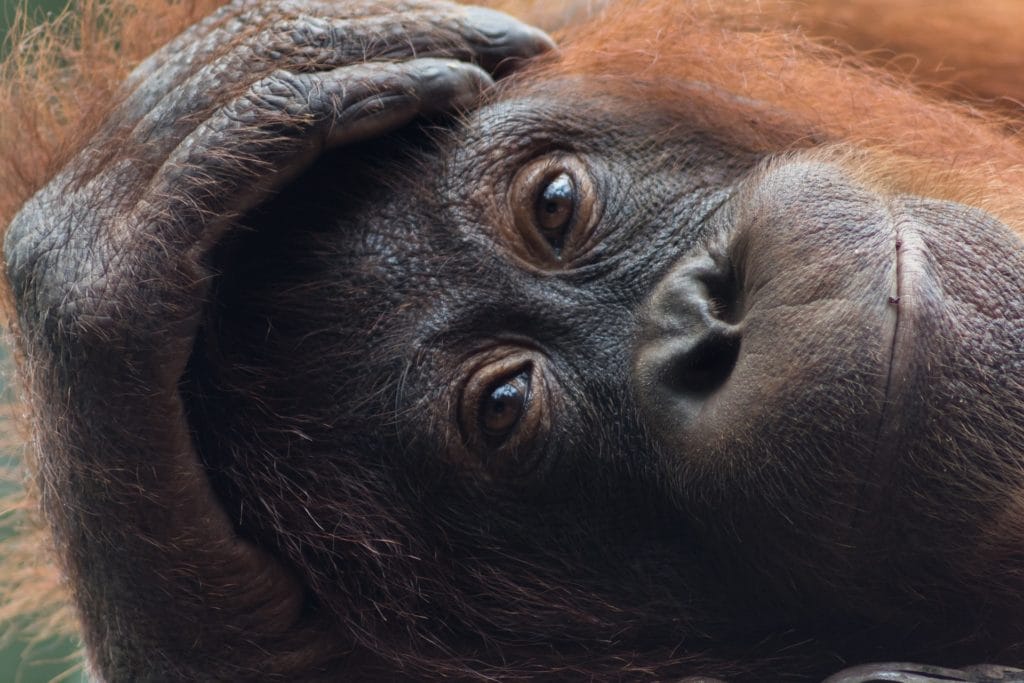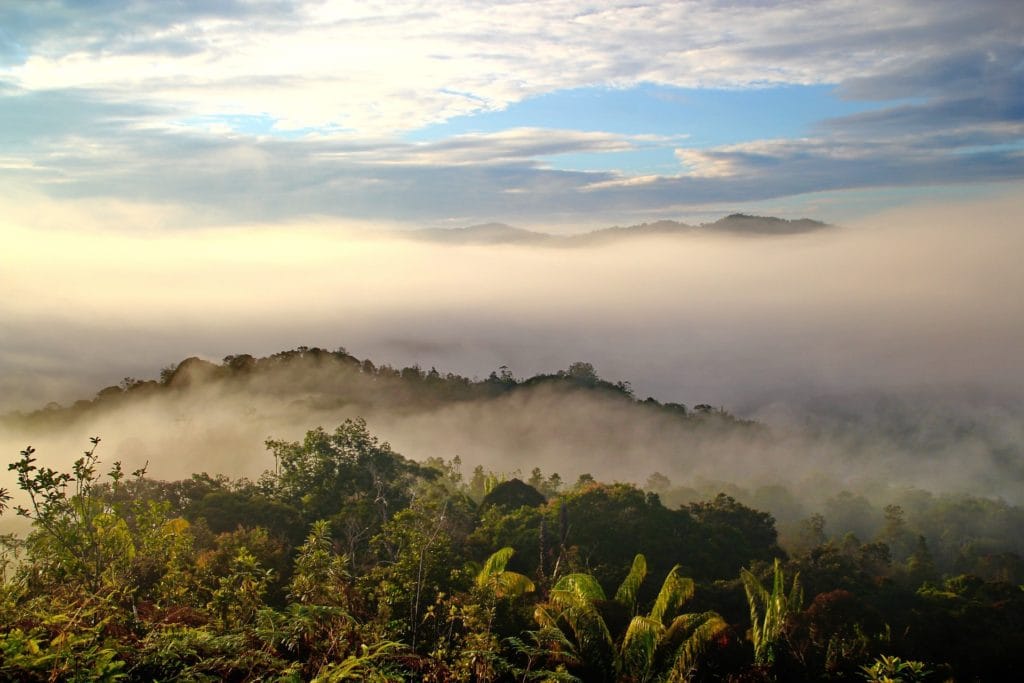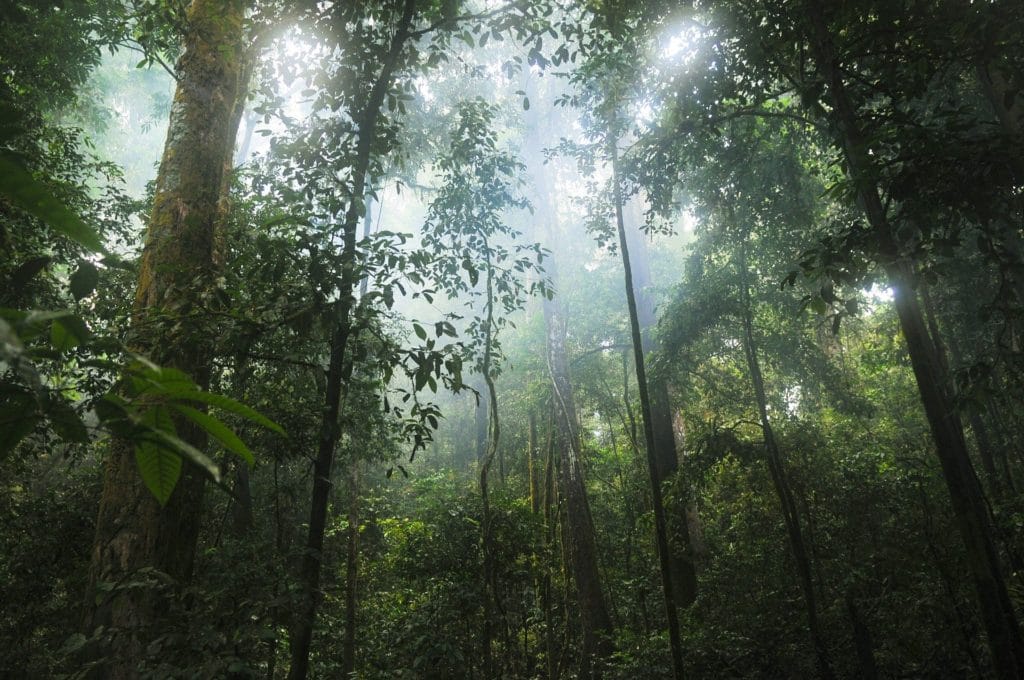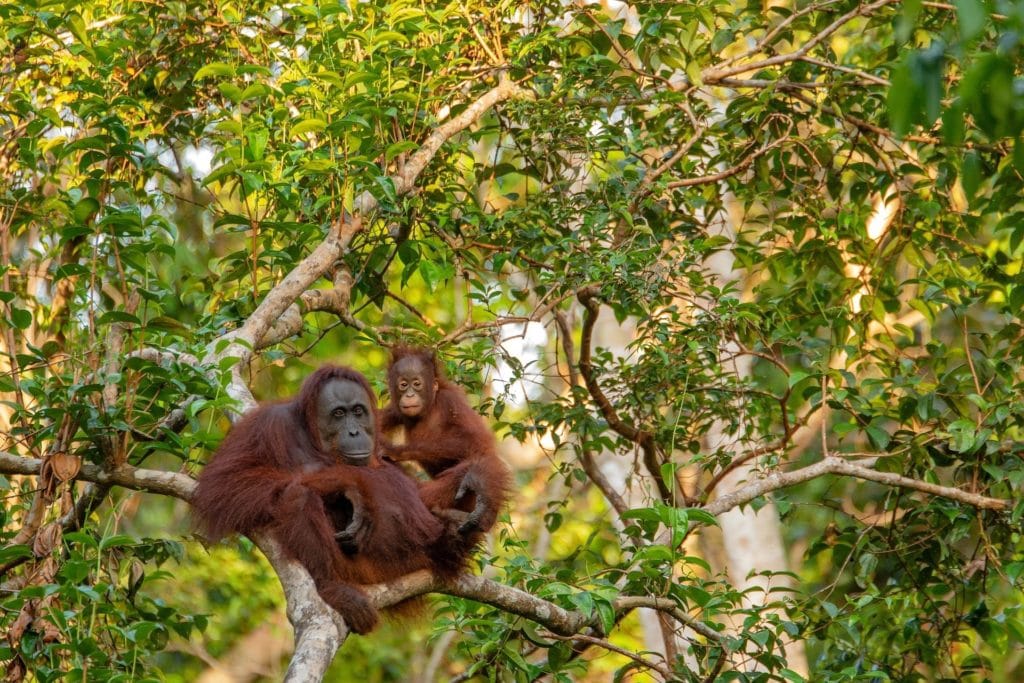Oxfordshire Mind’s Physical Activity Team are offering a weekly ‘virtual walk’, this week the team are visiting the rainforests deep in the heart of Borneo.
Hello, everyone. Today we’re visiting a stretch of undisturbed rainforest deep in the heart of Borneo. The Danum valley nature reserve is 438 square kilometres of pristine lowland forest habitat, almost untouched by human settlement. It’s home to such rare and fast-disappearing species as the Bornean pygmy elephant, the clouded leopard, the sunbear, and of course, the orangutan. It is this national icon that we are hoping to see today. Although there are sanctuaries dotted all over Borneo which provide guaranteed sightings of the sick and injured animals they are trying to rehabilitate, there is nothing to compare to the experience of seeing one of these magnificent apes in the wild. The Danum valley is one of the last places on earth you can do that.

Trying to track down an orangutan in acres and acres of dense forest cover will not be easy, though, and obviously there’s a good chance we will be disappointed. Orangutans are rare and getting rarer, and are understandably shy of humans. Still, Sarah, our guide, is hopeful; she’s been tracking animals in these forests for twenty years, and if anyone is going to be able to find one, it would be her.
The trail opens out in front of us, warm and damp like the throat of some enormous beast. The first thing you notice is the relentless humidity. It’s stifling in here. From the air you’d see clouds of water vapour rising from the treetops as the forest gently steams in the tropical heat. Down here, it’s as if the canopy above our heads were made of a thick layer of cotton wool , trapping the air and preventing any breath of breeze from stirring.

The smell is earthy, of leaf rot and overripe fruit. If you ever catch a whiff of something a bit more pungent- a distinct smell like rotting flesh- we could be near a rafflesia plant. Also known by the charming name of ‘corpse flower’, these are the some of the biggest individual flowers on earth, with some measuring over a metre in diameter. We’d have to be very lucky (or unlucky, depending on how you see it) to see one, though, as they only flower for a couple of days a year.
Sarah goes ahead, occasionally hacking at a stray branch with her parang (Bornean machete). The thick, pillar-like trunks of the trees stretch up 70 metres into the sky, festooned with vines and surrounded by a thick layer of undergrowth. The forest is a living thing: it breathes, pulses with sap, grows and moves. That’s right, moves. Forests are not static, it’s just that their timeframes are a little slower than ours. The trees grow and reproduce, jostle for space and sunlight, all in slow motion. If you place your hand on the bark of the nearest tree, you almost think you could feel a heartbeat.
“The forest is a living thing: it breathes, pulses with sap, grows and moves…If you place your hand on the bark of the nearest tree, you almost think you could feel a heartbeat.”

In all this exuberant vegetation, it’s actually very hard to spot the creatures you are looking for. They’ve evolved to conceal themselves among the deep wells of shadow and dappled patches of sunlight of their forest home. But you can hear them all around you. The cacophony of sound that follows us speaks to the teeming mass of life that crawls, slithers, flies or swings through every square inch of this forest. There’s the low background hiss of the insects , the twittering of hundreds of different kinds of birds, and the fluid, almost flute-like call of the gibbons, signalling to other troops as they move through the treetops.
A flash of colour, and an enormous bird lands on a branch a bare couple of metres ahead of us. It’s a rhinoceros hornbill. It has a bright orange curve, like a horn, sticking out of its forehead, which is where it gets its name. To me, it looks almost like an enormous quiff, or a giant mohawk, giving the bird a very stylish look. Sarah tells us that the protuberance helps its call to carry across the forest; the distinctive hak hak for females and hok hok for males . Sometimes, you’ll hear them calling to each other. Rhinoceros hornbills mate for life, and perhaps the calls are a way of renewing their bond, even when they are separated.
All of a sudden Sarah holds up her hand and points to spot in the canopy a few metres away, holding a finger over her lips. A flash of orange fur catches the sunlight. Is that? Yes, I think it is. A moment later an orangutan swings into view. Not just one orangutan, actually. As it begins to climb down a nearby treetrunk, you notice a second small head peering out from behind its shoulder. It’s a mother, carrying its small child on its back. She stops in one of the higher branches, right over our head, and settles down to pick some fruit and slowly eat it. We’re so close. We can see her big, intelligent eyes, and her expressive face, so like a human’s. Indeed, the very name orangutan comes from the Malay for ‘person of the forest’, because the relationship between us and this magnificent ape is so evident. The moment stretches out as we stand there, watching her. Not one of us thinks of reaching for our camera; the moment is too precious, somehow, to spoil by trying to capture it. Eventually she swings slowly away, continuing her exploration of the treetops, and we all smile at each other, delighted by the experience we have just shared.

We’re on a high from this encounter all the way back to the rainforest lodge where we began our walk. I’m so glad we got a chance to see one of these rare creatures in their natural habitat. See you next week for another walk!


